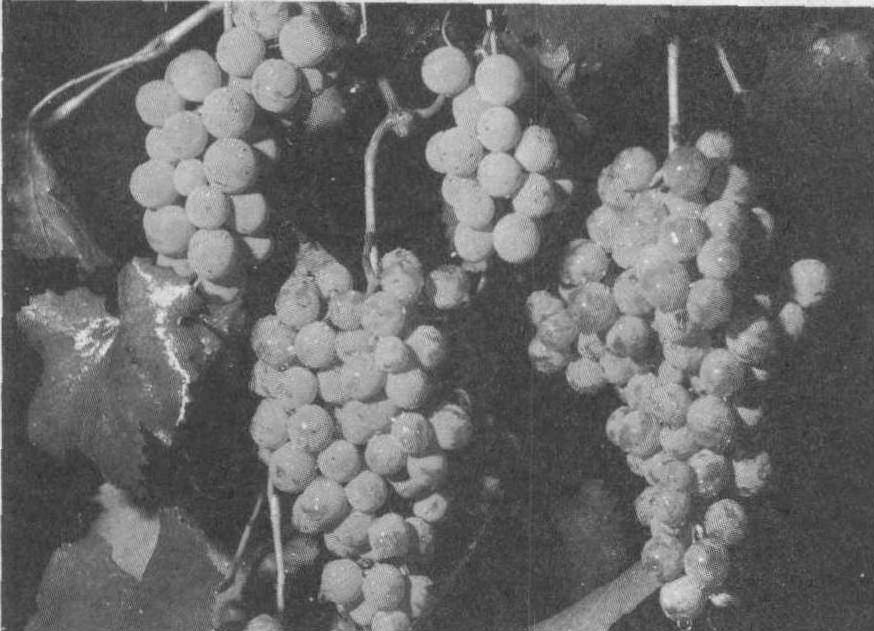长安县(古)
汉高祖五年(前202)设置,取名“长治久安”之义。治所设在长安城,故址在西安市未央区汉城乡,辖区约为今西安市未央区西郊,雁塔区北部,新城、莲湖、碑林3区全部及长安县北部。历两汉魏晋和北朝,到隋开皇三年(583)迁治大兴城(唐代又名长安城)长寿坊,故址在西安城西南徐家庄,辖区约为今西安市莲湖区全部,未央、碑林、雁塔3区西部,长安县西部及宁陕县东北部。元代迁治奉元城西,故址约为今西安城西郊劳动路北端。明初迁治西安城西大街北侧广济街西。民国二十七年(1938)迁治大兆镇,辖区约为今长安县辖区及西安市未央区北部西部、雁塔区西部南部、灞桥区浐河以东地区。1949年7月迁治韦曲镇,即今长安具城。

长安峦镇葡萄
- (四)连城宣纸
- (四)连续流动式土壤测试技术
- (四)适应市场经济,改革管理体制
- (四)适当扩大瓜菜种植面积
- (四)通化农业学校
- (四)通过提高综合生产能力实现了农业的突破
- (四) 通过走出去请进来等办法引进农业技术
- (四) 速生丰产林项目
- (四)造就了一批专业技术人才
- (四)遥感技术
- (四)遥感技术应用
- (四) 都市农业
- (四)都市农业雏形初具
- (四)采取多途径、多形式推广普及农业科学技术主要做法有:
- (四) 采取灵活多样的承包形式
- (四) 里下河地区农业综合开发项目
- (四)重大科技成果
- (四)重庆市农业机械研究所
- (四)重庆市农业科学研究所
- (四)重庆市畜牧兽医科学研究所
- (四)重抓科技服务,提高农民素质
- (四) 重教兴农、科技入户
- (四)重新认识, 恢复发展阶段
- (四)重视农业科技服务体系建设
- (四)重视村干部培养和新党员的发展工作